Is there any authoritative definition for what the tolerance value of a resistor actually specifies, or is it just a de-facto common understanding, or are the details left up to individual manufacturers?
To put it differently, If I very precisely measured a large number of nominally equivalent resistors with the same tolerance, what does that tolerance value actually tell me about the distribution of resistances I would actually see? Would I expect a bell curve with, say, a mean at the nominal value and a standard deviation corresponding to the tolerance, or a random distribution strictly within the tolerance range, or something else entirely? All I can find on any descriptive sites are generic statements like "the amount a resistor may vary from its stated value," but I realized there are multiple possible interpretations to that kind of statement. (For example, if they just reject resistors that fall outside the tolerance range, I might expect to see a flat distribution within that range and nothing outside of it, as opposed to maybe a normal distribution with or without some less accurate cases.) This question sounds very similar, but is concerned more with changes in observed resistance over time. I'm specifically asking about the definition of the tolerance value itself (if one exists!). This page mentions specs ("High accuracies also go hand-in-hand with closer tolerances, but the two specifications are actually different") but doesn't elaborate on the specifications. This answer, about the feasibility of averaging resistances to try to tighten the equivalent tolerance, very nearly answers my question (and suggests it's more the bounded unspecified distribution with no guaranteed mean) but I'm still curious about an authoritative definition, say from some IEEE or IEC standard or something. (Otherwise, how can I assume that interpretation for any particular batch of components?)
